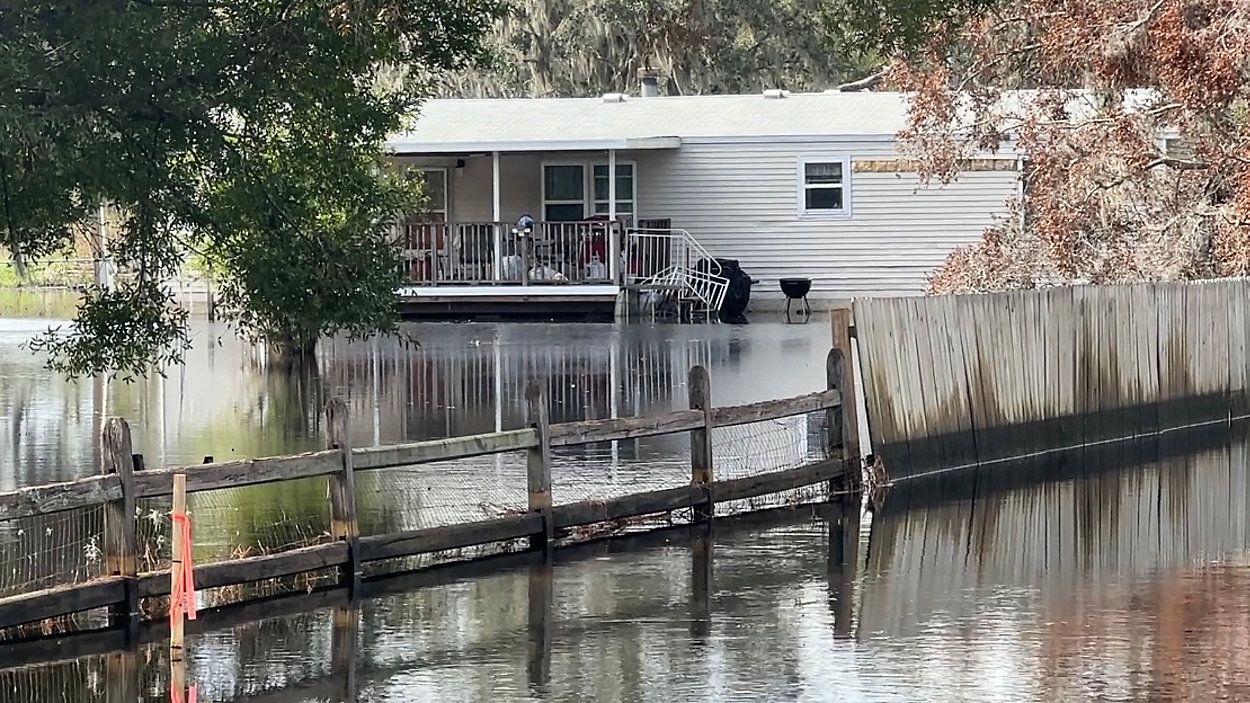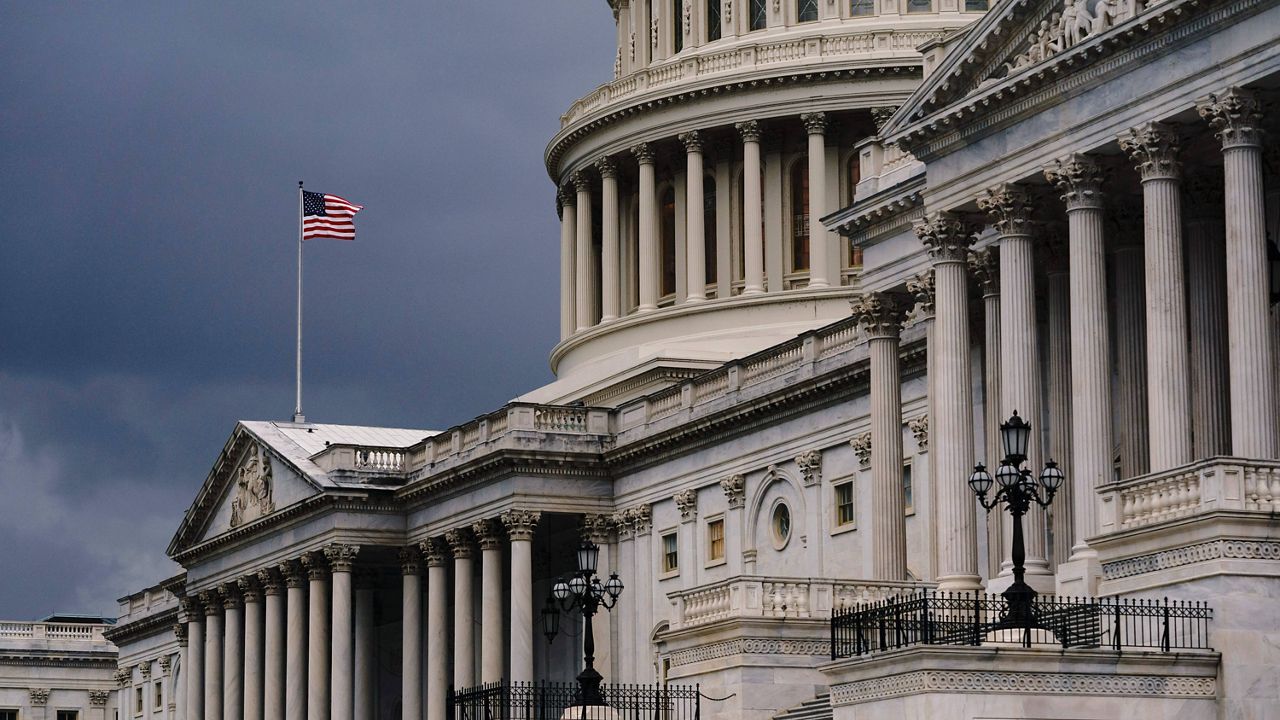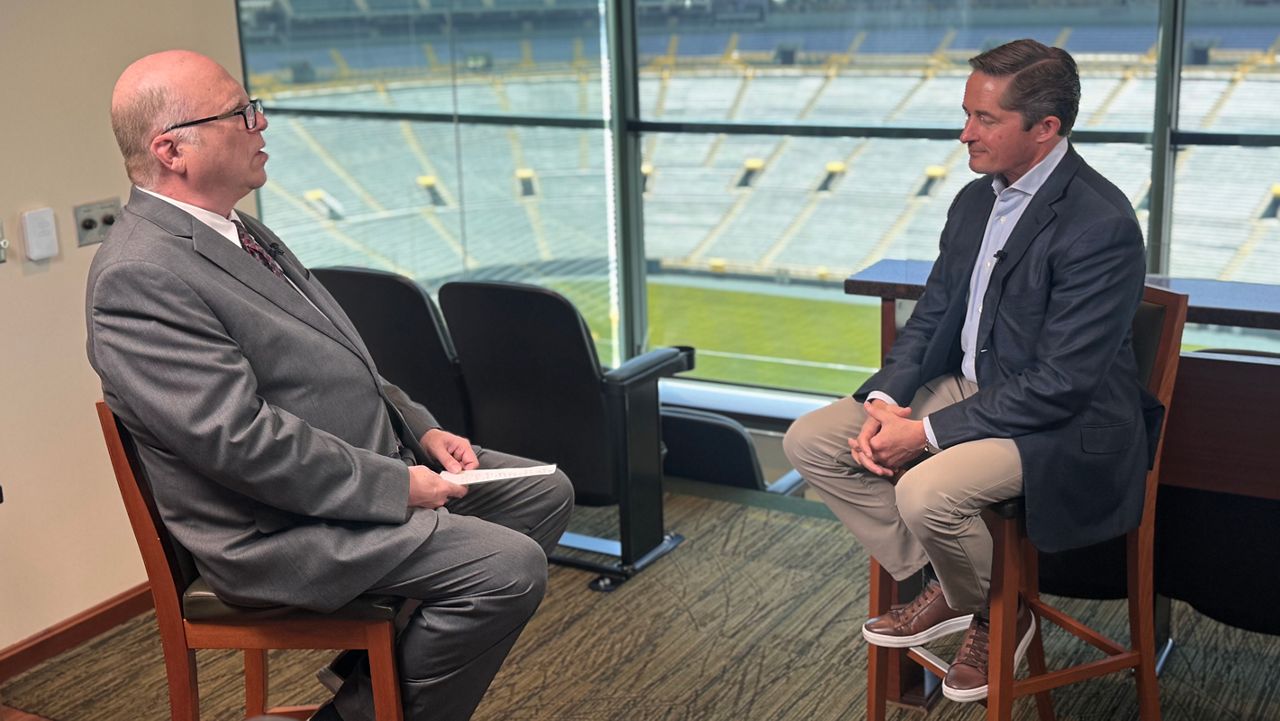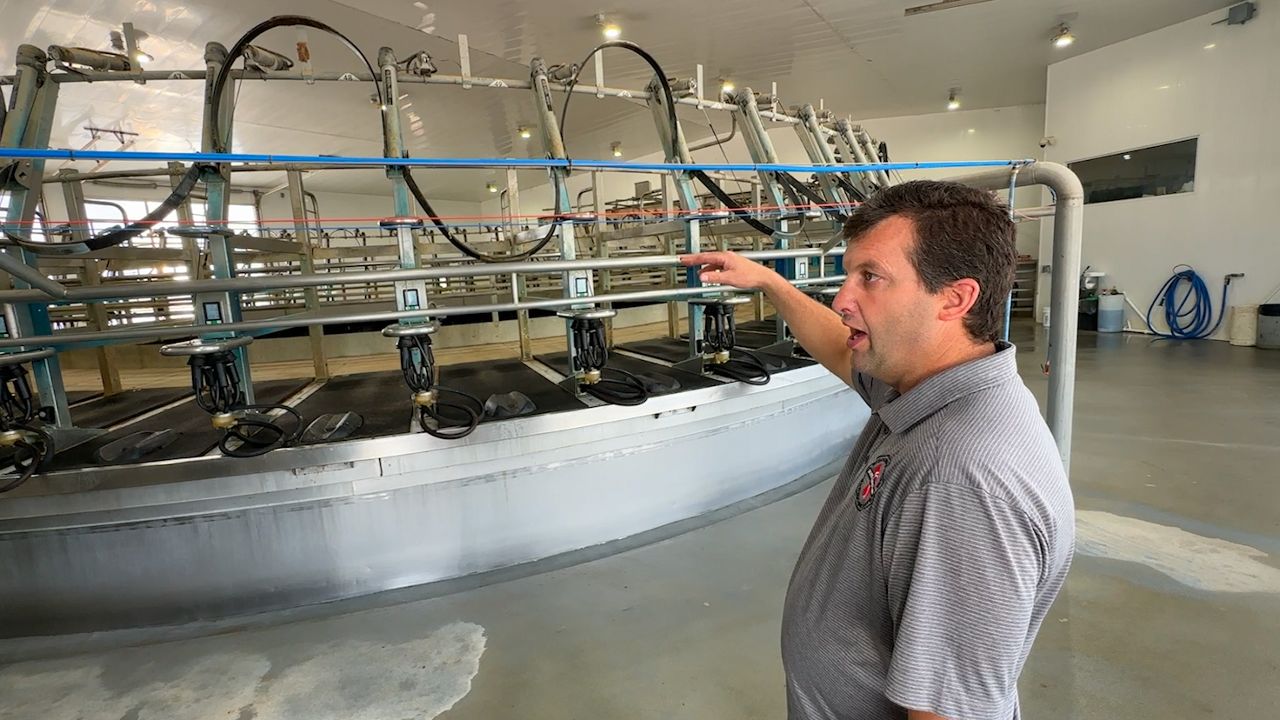WISCONSIN — The last decade was one of the wettest on record in Wisconsin, with average precipitation increasing 17% since 1950, according to the Wisconsin Initiative on Climate Change Impacts 2021 Assessment Report.
That can largely be tied to a changing climate, the report found.
As the risk for flooding increases, many state leaders are highlighting the importance of flood insurance.
Gov. Tony Evers declared Feb. 2-8 as Flood Insurance Awareness Week. That’s why the Wisconsin Department of Natural Resources (DNR) is sharing tips to prepare Wisconsinites for spring flooding.
Most homeowners and renters insurance policies do not cover flood damage. Officials said that’s an unfortunate reality, when even small amounts of water can be financially devastating.
“One inch of water can cause up to $25,000 in damage, so even small or moderate floods can be financially devastating if you don’t have the right insurance,” said Insurance Commissioner Nathan Houdek in a release. “Whether you rent or own, there is flood insurance coverage available for your needs.”
The DNR said it’s important that Wisconsinites take the steps to get flood insurance, even when you think it does not apply to you.
On average, 40% of all National Flood Insurance Program (NFIP) claims come from those living outside Special Flood Hazard Areas, or “an area having special flood, mudflow or flood-related erosion hazards.” Those people also receive about one-third of Federal Disaster Assistance for flooding, according to the DNR.
Wisconsinites who are residents in a community that’s a part of NFIP — including those living outside designated high-risk areas — are eligible to receive federal flood insurance. However, it’s important to take action now, as there’s usually a 30-day waiting period before the policy goes into effect. You can see if your community is a part of NFIP, here.
The DNR has a Floodplain program, where staff work as experts on federal flood insurance and manage community enrollment in the NFIP.
“Flood insurance through the National Flood Insurance Program is one of the tools that builds flood resiliency into our Wisconsin communities,” said Sarah Rafajko, State of Wisconsin NFIP coordinator at the DNR. “Don’t wait until flood waters are rising to explore insurance.”
Wisconsinites can also obtain a private flood insurance policy if their agent sells flood coverage. Fnd out more, here.
Learn more about flooding and flood insurance on the DNR’s Floodplain webpage.






